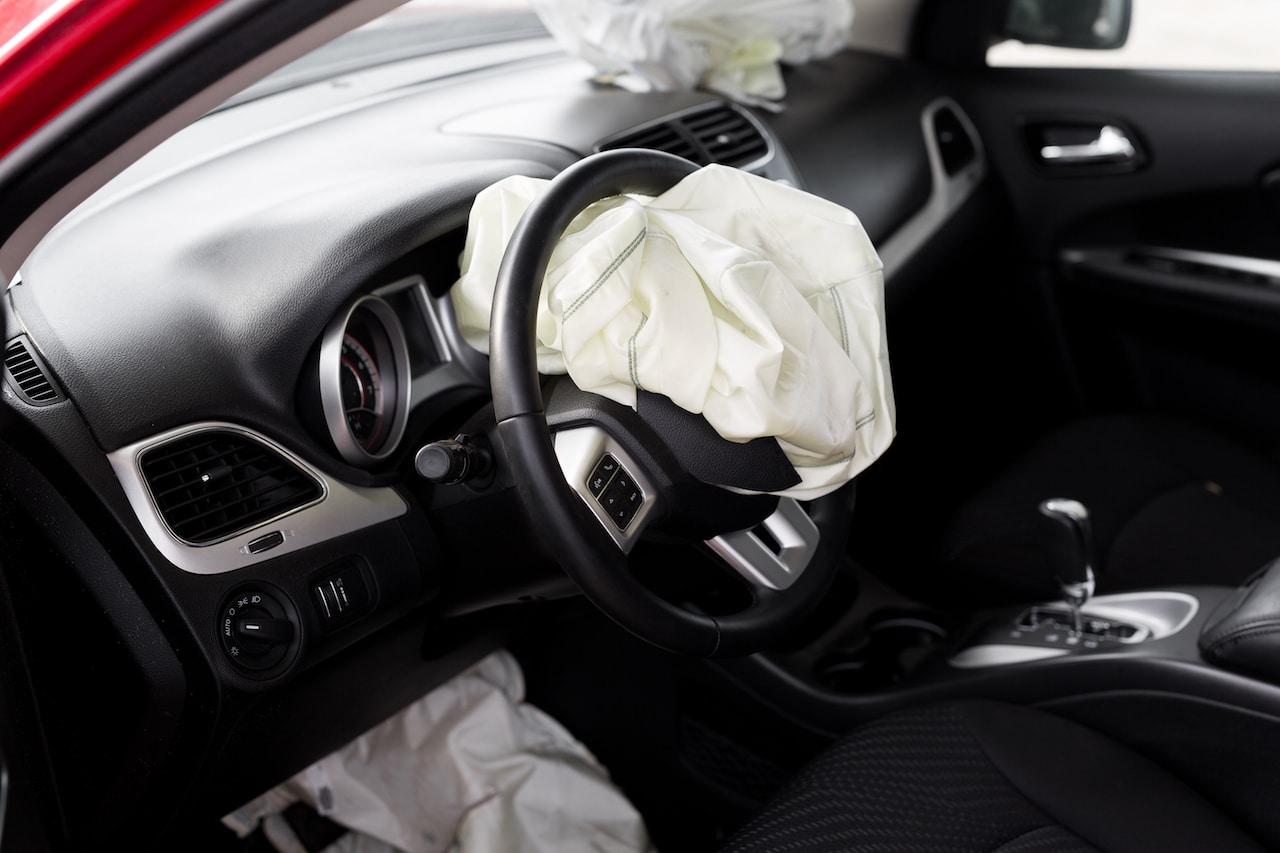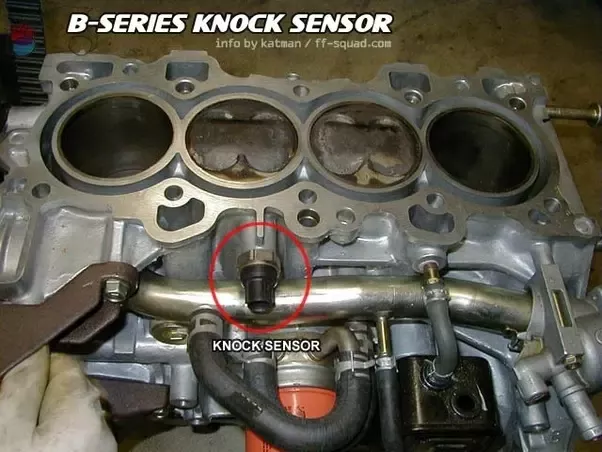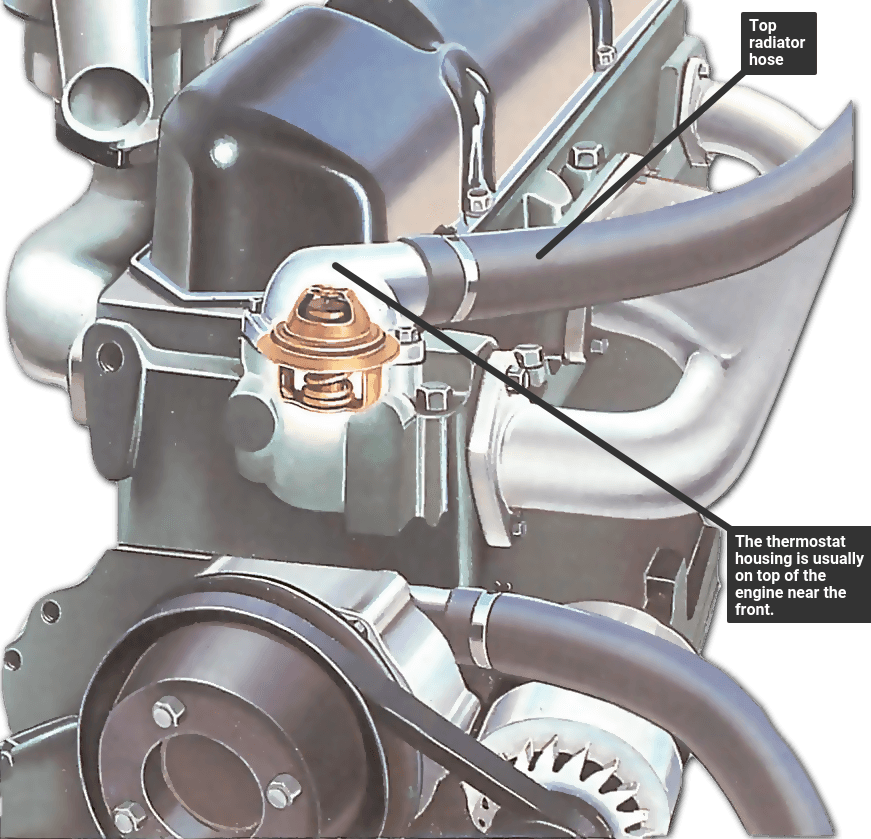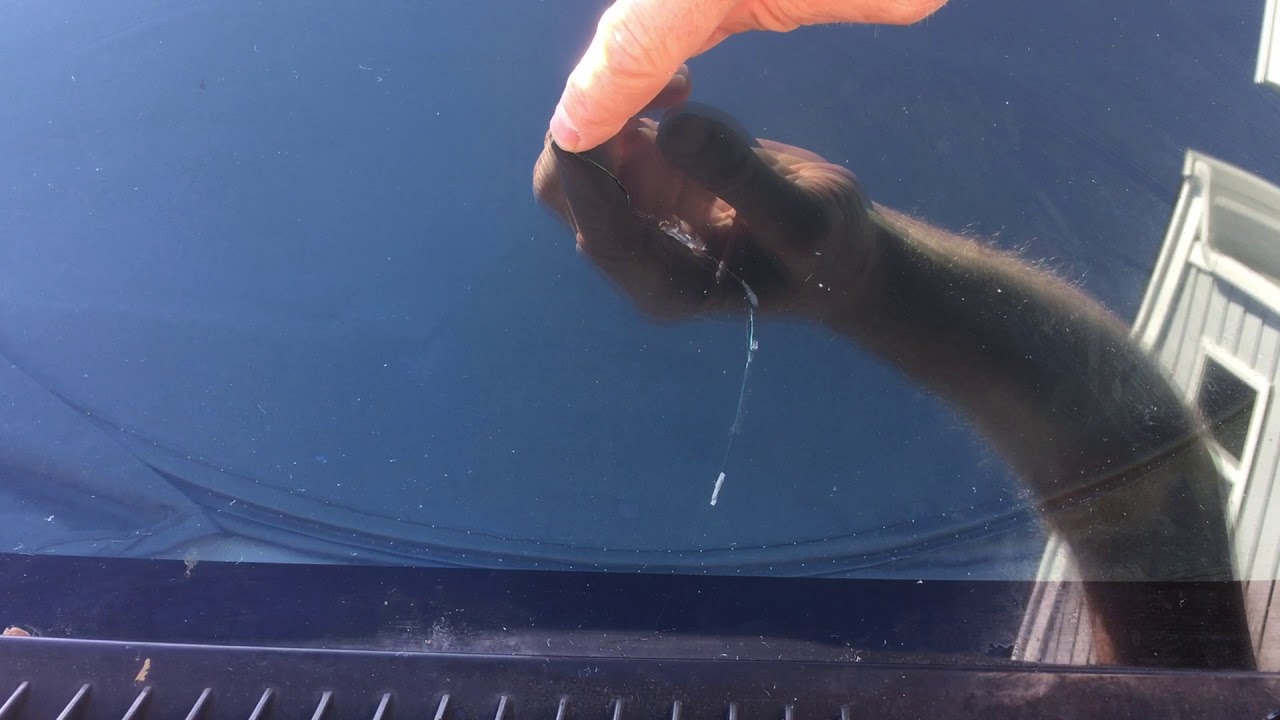If Car Battery is Low How to Start Automatic
To start an automatic car with a low battery, use jumper cables connected to another vehicle or a portable jump starter. Ensure proper connection to the battery terminals to avoid damage.
Starting an automatic car when the battery is low can be a stressful situation. A weak battery might not provide enough power to engage the starter motor, leaving you stranded. The quickest solution is to perform a jump-start using jumper cables and a second car with a fully charged battery.
Alternatively, a portable jump starter can be a lifesaver, allowing you to boost your car’s battery without the need for another vehicle. It’s essential to follow the correct procedure to safely jump-start the car. Make sure to turn off all electronic devices before connecting the cables, connect the positive and negative terminals correctly, and start the donor car to begin charging your battery. Following a successful jump-start, keep the engine running to allow the alternator to recharge the battery. Always keep a set of jumper cables or a portable jump starter in your car for emergencies, and consider getting your battery tested to prevent future problems.
Credit: www.quora.com
Symptoms Of A Low Car Battery
A car battery’s health is vital for starting your vehicle smoothly. Recognizing signs of a low battery can save time and prevent stress. A weak battery often shows clear symptoms. Spot these early, and you can address the issue before it’s too late. Let’s explore these tell-tale signs.
Struggling Engine Crank
When the engine takes longer than usual to start, it’s a classic sign of a weak battery. You’ll hear the engine labor as it tries to start. A healthy battery powers the starter motor quickly. A weak one makes cranking slow and sluggish.
Dim Headlights And Electrical Issues
- Headlights look dimmer, especially when the engine is idle.
- Other electrical components like dashboard lights or the radio may also weaken or malfunction.
The Clicking Sound Of Doom
One distinct click or a series of fast clicks when turning the key signals trouble. It means the starter motor isn’t getting enough power from the battery to turn over the engine. Pay attention to this sound as it’s a clear indicator of battery issues.
Safety Precautions Before Jump-starting
The moments before restart can be critical for your car and your safety. Taking the right precautions ensures a smooth and safe process. Let’s delve into the essential steps to take before jump-starting an automatic car with a low battery.
Wearing Protective Gear
Protective gear is crucial to prevent accidents during a jump-start. Here’s what you need:
- Gloves: Wear rubber gloves to protect your hands from electric shock.
- Goggles: Safety goggles help shield your eyes from any possible sparks or debris.
Ensuring The Correct Battery Voltage
Match the voltage of both batteries before connecting them. Here’s how to check:
- Locate the voltage details on the batteries.
- Ensure both the donor and recipient vehicle batteries are 12 volts.
- Never connect a 6-volt to a 12-volt battery.
Positioning The Vehicles Properly
Correct positioning of both vehicles is vital for safety. Follow these steps:
- Park the working vehicle close to, but not touching, the car with the low battery.
- The vehicles should be in ‘Park’ or ‘Neutral’ with the parking brakes on.
- Turn off all electronics in both cars to prevent power surges.
Jump-starting An Automatic Car
Picture this: You’re late for work and your car won’t start. Modern cars rely heavily on their batteries. A low battery can mean no starting an automatic car. But don’t worry! Jump-starting an automatic car is a simple process. This guide walks you through it.
Never get stuck again with a dead car battery. An automatic car can be jump-started easily. Make sure you follow the steps carefully for a safe and successful start.
The Step-by-step Guide
- Stay Safe: Wear protective gear if available.
- Arrange another car: Find a running vehicle to help you.
- Position cars: Park both cars close but not touching.
- Turn off: Shut down both cars before starting.
Connecting The Jumper Cables
- Unravel cables: Make sure cables are untangled.
- Red to dead: Connect red clamp to the dead battery’s positive.
- Red to donor: Attach the other red to the donor battery’s positive.
- Black to donor: Connect black clamp to the donor battery’s negative.
- Ground the dead car: Clamp black to a metal surface on the dead car.
Starting The Engine And Removing Cables
- Start donor car: Let it run for a few minutes to charge.
- Try starting your car: Turn the ignition in your vehicle.
- Let it idle: Once started, let your car run to build up charge.
- Remove cables in reverse: Black clamps first then red clamps.
- Keep your car running: Drive around to recharge the battery fully.
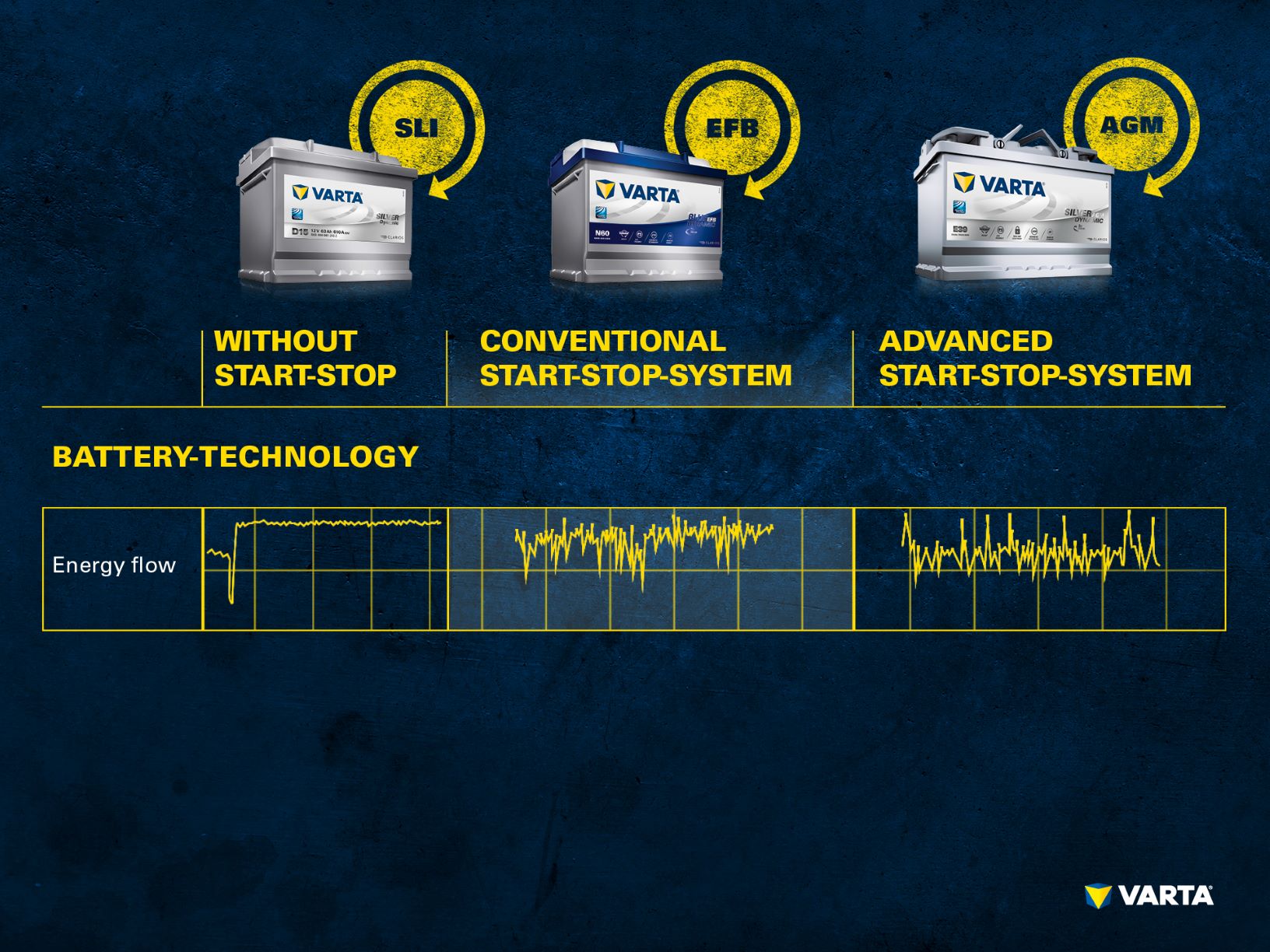
Credit: batteryworld.varta-automotive.com
Alternatives To Jump-starting
Finding the car battery low can turn a regular day into a challenging one. Car owners often think jump-starting is the only solution. This is not the case. Here, we will explore alternatives that might save the day.
Using A Portable Battery Charger
Portable battery chargers offer a convenient solution. These are easy to use and do not require another vehicle. Follow these steps:
- Charge the portable device in advance.
- Attach the charger’s clamps to the correct battery terminals.
- Switch on the device to begin the charging process.
Wait for a few minutes. Your car should be ready to start.
Calling For Roadside Assistance
Roadside assistance is a reliable option. They are experts. They bring the right tools. Make a call and wait. They will:
- Inspect the battery and diagnose the issue.
- Perform a professional jump-start or suggest a battery replacement.
Always have a trusted service’s contact details saved in your phone.
Push Starting: Myth or Reality for Automatics?Push Starting: Myth Or Reality For Automatics?
Can you push start an automatic car? This is a common question. The answer is simple: it’s a myth. Automatic cars require a working starter system to engage the engine. Push starting could cause:
| Danger | Why? |
|---|---|
| Damage to the Transmission | Forcing the car to move can harm the automatic gearbox. |
| Risk of Injury | It involves pushing a heavy vehicle, which can lead to accidents. |
It’s not a viable option for automatic cars.
Post-jump Actions
You’ve successfully jump-started your automatic car, but the work doesn’t stop there. Post-jump actions are crucial to ensure your vehicle’s battery doesn’t leave you stranded again. These actions will help diagnose the problem and prevent future battery woes. Let’s dive into the essential steps following a jump start.
Checking The Battery Health
Examining your car battery’s health is imperative after jump-starting. Start by looking at the battery terminals. Are they clean and tight? Any corrosion could cause poor connections. Next, observe if the battery case appears swollen or damaged. This can signal internal problems. A voltmeter can measure your battery’s charge to ensure it’s holding a sufficient charge. A healthy battery should read around 12.6 volts when the car is turned off. Make sure to give your battery a thorough check-up to avoid any surprises later.
| Voltage Level | Battery Status |
|---|---|
| 12.6V+ | Fully Charged |
| 12.4V – 12.6V | Healthy |
| Below 12.4V | Low Charge |
Allowing The Battery To Recharge
After a jump start, driving continuously for at least 30 minutes allows the alternator to recharge the battery. Avoid short trips; long drives are more beneficial. Keep electrical accessories off during this period to maximize charging efficiency. This includes air conditioning, radio, and lights. Steady driving at moderate speeds works the best to recharge your car’s battery.
Seeking Professional Inspection
If you’ve encountered multiple battery issues, seek professional help. A certified mechanic can determine if your battery needs replacing or if there are other issues in the electrical system. They can inspect components like the alternator, starter, and battery cables. Some shops will perform a free battery test, providing an expert analysis of your battery’s health. Professional inspections can spot issues early, saving time and money in the long run.
Take these post-jump steps seriously to maintain a reliable and healthy car battery. These actions can save you from potential future battery problems. Stay charged and ready to go!
Preventive Measures To Avoid A Low Battery
Dealing with a low car battery can be inconvenient, especially if you own an automatic vehicle. Preventive measures can save you from unexpected troubles. In this section, we will explore practical steps to avoid facing a low battery scenario.
Regular Battery Maintenance
To keep your car battery in top shape, periodic checks are essential. Think of it as a routine health check-up for your vehicle. Here are ways to maintain your battery:
- Clean battery terminals to prevent corrosion.
- Ensure that the battery is securely mounted to avoid vibrations.
- Check the electrolyte level and top it up if necessary.
- Inspect the battery case for any damages or cracks.
Understanding Car Battery Lifespan
A car battery won’t last forever. Knowing its lifespan can help you plan for a replacement before it fails. Factors affecting battery life include:
| Factor | Impact on Battery |
|---|---|
| Climate | Extreme temperatures can shorten battery life. |
| Driving habits | Frequent short trips may not allow the battery to fully charge. |
| Age | Batteries generally last 3–5 years. |
Investing In A Smart Charger
A smart charger is a worthy investment to maintain battery health. It extends the battery’s life and ensures it’s always charged. Benefits include:
- Automatic adjustment of the charging rate based on the battery’s condition.
- Shutting off once the battery is fully charged, preventing overcharging.
- Feature that revives deeply discharged batteries.

Credit: www.youtube.com
Frequently Asked Questions On If Car Battery Is Low How To Start Automatic
Can A Dead Battery Stop Car Start-up?
Yes, a dead battery can prevent a car from starting, especially an automatic. The starter motor requires electrical power to turn over the engine. Without sufficient charge in the battery, the starter motor may not function, preventing the engine from starting.
How To Jumpstart An Automatic Car?
To jumpstart an automatic car, first park a working vehicle close by. Connect the jumper cables to the appropriate battery terminals, positive to positive and negative to negative. Start the working car, then try starting your car. If it starts, let it run to recharge the battery.
Is Push Starting Possible For Automatic Vehicles?
Push starting, also known as bump starting, is generally not possible with automatic vehicles. Automatic transmissions require hydraulic pressure to operate, which is generated by the vehicle’s internal pump powered by the engine.
Can Portable Jump Starters Power Up Automatic Cars?
Yes, portable jump starters can power up automatic cars. Ensure the portable jump starter is fully charged. Connect it to your car’s battery according to the manufacturer’s instructions and turn it on to start your car. They’re handy and easy to operate.
Conclusion
Ending your journey on a positive note, remember that a low car battery doesn’t mean you’re stranded for good. Arm yourself with knowledge: jumpstarting techniques, portable chargers, or a simple call to roadside assistance. Keep your car’s heart healthy to ensure smooth starts every time.
Drive safely and maintain regular battery checks for uninterrupted travels ahead.


